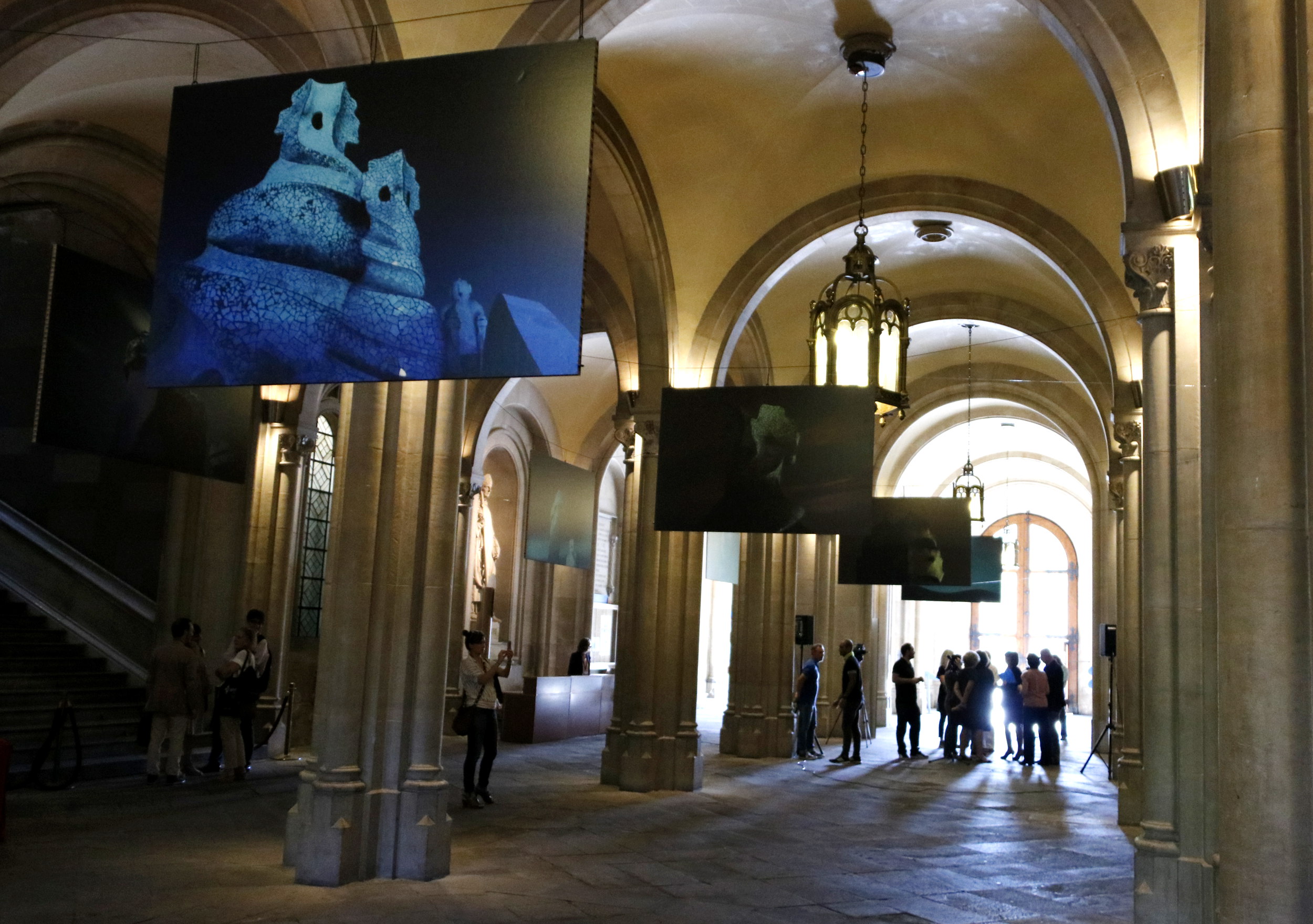Second World Gaudí Congress kicks off in Barcelona
Over 50 speakers from all around the globe are to attend this week the Second World Gaudí Congress. From the 4th to the 7th of October the Historic Building of the University of Barcelona is hosting this biennial event organised by the Gaudí Research Institute (TGRI) and the University of Barcelona, ??where Antoni Gaudí received the title of architect in 1878. One of the main attractions of the congress is the thesis that the Blessed Sacrament Chapel of the Church of Sant Joan de Gràcia, in Barcelona, is a work by Gaudí, an idea defended by the biographer of the Catalan architect, Josep Maria Tarragona. This second edition has as a novelty the incorporation of the three-day session in Shanghai, which took place between the 21st and the 23rd of June, in collaboration with several Chinese universities of Tsinghua and with the support of the City of Shanghai.

Barcelona (CNA).- The Historic Building of the University of Barcelona hosts this week the Second Gaudí World Congress, which 50 speakers from all around the world have been invited to attend. Catalan academics are predominant, but there are also academic representatives from China and Japan, two countries that have historically been attracted by Gaudi’s architecture. The speakers will present during four days studies and discoveries about Gaudí and his work, with special prominence being given to Bellesguard and Parc Güell. However, one of the lures of the Congress is the thesis that the Blessed Sacrament Chapel of the Church of Sant Joan de Gràcia, in Barcelona, is a work by Gaudí, an idea defended by the biographer of the Catalan architect, Josep Maria Tarragona. Moreover, the researcher Xavier Jové will reveal three unpublished photographs related to Gaudí and his work.
Between the 4th and the 8th of October the University of Barcelona will be the venue for this biennial event organised by the Gaudí Research Institute (TGRI) and the University of Barcelona, where Antoni Gaudí received the title of architect in 1878. During four days many talks will contribute to a deeper knowledge of Guadí’s work, mainly about Parc Güell, a public park system composed of gardens and architectonic elements, and Bellesguard, also known as Casa Figueres, a modernist manor house designed by the Catalan architect and constructed between 1900 and 1909.
The Congress will also be marked by the contributions of two keynote speakers: the biographer of Gaudí, Josep Maria Tarragona, and the researcher Xavier Jové. The former defended this morning what was supposed to be the big news of the Congress, but which was leaked last week to the press. Tarragona maintains that the Chapel of the Blessed Sacrament of the Sant Joan de Gràcia Church has been misattributed to the architect Francesc Berenguer and is, instead, a work by Gaudi.
Regarding this discovery, the cofounder of the TGRI, Pere Jordi Figuerola, has cast doubt on the theory of Tarragona: “This is a scientific congress, and so, until Mr Tarragona presents proof and this is debated by the specialists, all are merely opinions”, he stated.
For his part, Gaudí researcher Xavier Jové, together with forensic scientists Narcís Bardalet and María José Adserías, will present three unpublished images obtained through following the trail of webpages that sell photographs “almost in bulk”. One of the pictures shows a young Gaudí on the Rambla of Barcelona. A “unique” image in colour, said Jové.
The second photograph is an image that the researcher dates between 1913 and 1915 and shows what he thinks is a part of the now destroyed house of the Güell family, adjacent to Park Güell. "This garden is a mystery, we have to continue investigating", Jové observed.
Finally, during the Congress a third picture will be presented. It reproduces a drawing of the Nativity Facade of the Sagrada Família, featuring a finished tower with a geometric dome, an element that disappeared in later drawings of Gaudí’s temple, probably discarded by the architect. Jové believes the image is post-1910 and that someone photographed it at Gaudí's workshop, near the temple, which was burned to the ground in 1936.
A preliminary congress in Shanghai
This second edition has as a novelty the incorporation of the three-day session in Shanghai, which took place between the 21st and the 23rd of June. The Second World Gaudí Congress had its replica session in China with the support of institutions such as the Chinese Central Academy of Fine Arts and the China Cultural Media Group. This previous session was attended by several Chinese scientists from many different universities.
The University of Barcelona hosted in October 2014 the first world congress dedicated to Antoni Gaudí, with about 350 attendees from around the world, including numerous researchers and scholars of great prestige.